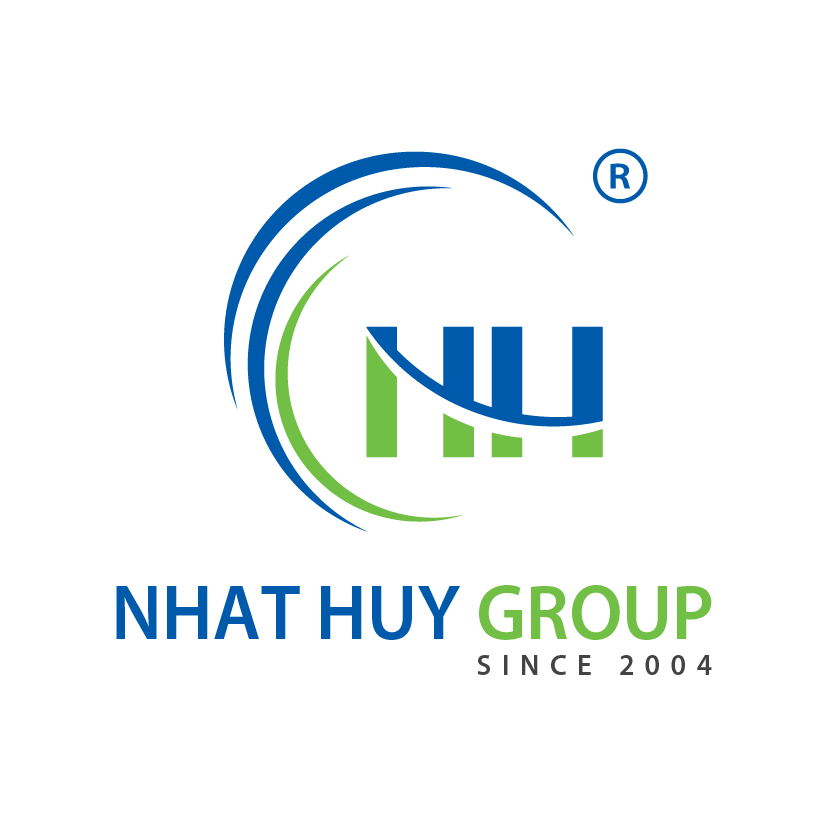Blow Film Process (or blown film extrusion) is one of many polymer manufacturing processes. This method can produce simple single-layer polymer films such as bags or complex multi-layers for food packaging applications.
Product applications of this blown film process extrusion method include Industrial films and bags such as shopping bags, T-shirt bags; Agricultural and construction films; Diaphragm, Stretch Film, PVC Adhesive Film, Lamination…
Table of Contents
Process of Blown film extrusion.
Step 1: Melt the polymer in an extruder.
The polymer resin, usually in granules, is loaded into a hopper and fed into a heating barrel through a screw. The screw is used to transport the polymer down the barrel. The beads are gradually heated to melt the polymer. Thermal configuration is an essential part of the extrusion process because polymers can undergo thermal decomposition if overheated.
Step 2: Inflate the molten polymer.
When the molten material reaches the end of the barrel, it is extruded through the die. It is at the point that blown film extrusion is different from other extrusion processes. There are several different types of dies used in blown film extrusion, with the most common being annular, which is a simple round die.

The molten polymer enters the die head; then, the air is injected through a hole in the center of the mold to inflate the polymer into a thin tube many times its original extrusion diameter. In this process step, we can adjust to achieve the desired film thickness and width.
Step 3: Cool the film.
The hot tube film is then cooled, usually by high-velocity air, and pulled upward by a nip roller device. On most medium to large film lines, this vertical tube can extend multiple floors into the air.
As the film cools, it crystallizes in what is known as the icy line. When the tube reaches the nip rollers, the film is fantastic enough to flatten at the end of the wire and is called a flat tube or a shrink tube.
Finally, the film is transported downstream by rollers for further processing (e.g., slitting, printing, venting, converting into bags) and eventually wound into rolls.

There are several advantages of producing films using blown film extrusion:
Ability to tailor the mechanical properties of the final resin based on process conditions and the base polymer(s) used. For example, blown film extrusion inflates the polymer radially while simultaneously pulling the polymer upward with rollers. These forces stretch the polymer in both the transverse and tensile directions, providing strength to the film.
We can adjust the degree of inflating and drawing to achieve the desired strength in the cross-section and drawing direction of the final product.
Blown film extruders are also very versatile and can produce a wide variety of single or multi-layer films with various film thicknesses and widths.
Explore Benefits, Applications of Blowing Film
The primary material of the film blowing method is Filler Masterbatch.
Many polymers can be used in blown film extrusion, with the most common being polypropylene and polyethylene (LDPE, HDPE, and LLDPE).
For the industrial and agricultural fields, filler masterbatch is commonly used to improve the performance of the conjunctiva, save costs, and exhibit durable resin properties. Color masterbatch with many colors creates diverse and eye-catching products.

Mega Plast is one of the leading manufacturers and exporters of plastic additives in Vietnam. Megaplast’s filler masterbatch products include PP, PE plastic additives, white plastic additives, and color plastic additives. Blown film is one of the main areas where we supply masterbatch materials to many major customer markets worldwide.
Megaplast’s filler masterbatch helps overcome common errors in film blowing such as opaque film, uneven film, striped or too glossy film, etc.
For more information about Megaplast’s products and factories, visit https://megaplast.com.vn/

Nhat Huy Group is a leading conglomerate in Vietnam, renowned for its diverse portfolio and unwavering commitment to excellence. Established with a vision to drive innovation and sustainable development, Nhat Huy Group has emerged as a key player in various sectors, including minerals, construction, logistics, and renewable energy. With a strong emphasis on quality, integrity, and social responsibility, the group has earned trust and recognition both domestically and internationally. Through strategic investments, cutting-edge technologies, and a talented team, Nhat Huy Group continues to make significant contributions to Vietnam’s economic growth and community advancement.
